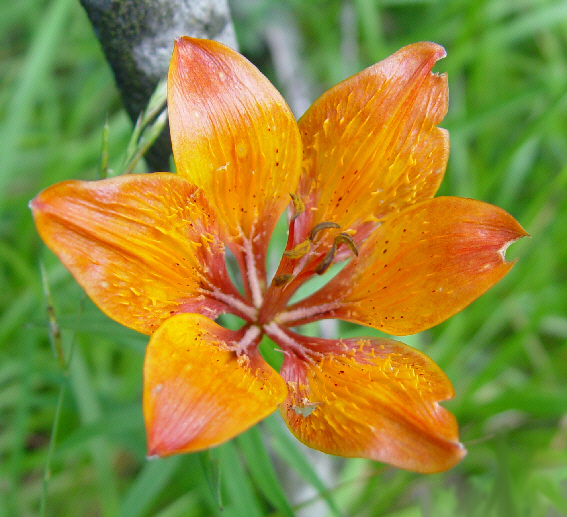All classes will take place at CCE-Tompkins, 615 Willow Avenue, Ithaca. Call 272-2292 for more information or to register.
Planning
and Planting a Seed-Saving Garden - Thursday, May 2, 6:30 -8:30 pm
Learn how easy it is to incorporate seed saving in your garden by growing vegetables that you can eat and still harvest seed from. You will learn the basics of getting started with seed saving, then we will do some hands-on planting in the seed saving demonstration garden at CCE. Cost: $5-$10 (self-determined sliding scale).
Learn how easy it is to incorporate seed saving in your garden by growing vegetables that you can eat and still harvest seed from. You will learn the basics of getting started with seed saving, then we will do some hands-on planting in the seed saving demonstration garden at CCE. Cost: $5-$10 (self-determined sliding scale).
Planning a Rock Garden? Ideas and Tips - Tues. May
7, 6-8 pm
Are you ready for a new garden challenge? Why not
try rock gardening! In this class you will learn the basics to get you
started. After a rain-or-shine tour of the Al Wurster Demonstration Rock
Garden, come indoors to learn about its construction, easy plants to grow, and
options such as troughs. A slide show will include photos of the 100-year-old
Frederick Heutte Rock Garden at White Pine Camp in the Adirondacks.
Meet at the Cooperative Extension building parking lot before the tour.
Rain or shine! Pre-registration recommended; limited to 20
attendees. Cost: $5-$10 (self-determined
sliding scale fee).
Dividing
Daylilies and Other Perennials - Thursday May 9, 6-8 pm
Spring
is the best time to divide many perennials, and an OK time for many more.
In this hands-on workshop, we will demonstrate how to divide perennials such as
daylilies, Siberian iris, Hosta, bearded iris, or phlox. Come prepared to
work! We will tackle plants from the Teaching & Demonstration Gardens
at Extension and Master Gardener private gardens. Participants will be able to take some divided plants home. The class takes place rain or shine (indoors
if wet).
Cost: $12. Limited to 10
participants; prepayment required to hold your place. Please call
272-2292 for more information or registration.












